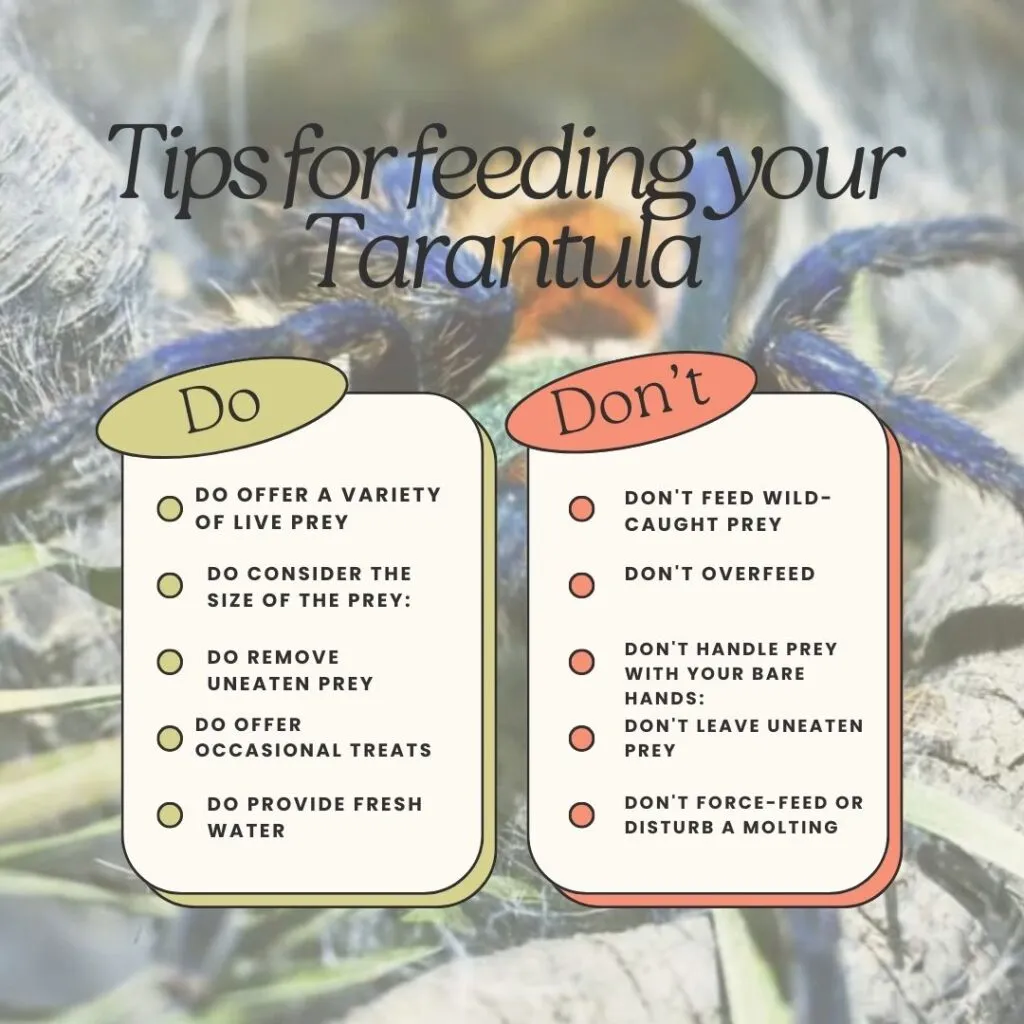Tarantulas, with their captivating appearance and intriguing behaviors, have become popular pets for many. One of the most fascinating aspects of owning a tarantula is observing its feeding habits. But how long does a tarantula take to eat? The answer isn’t straightforward, as several factors influence the duration of a tarantula’s mealtime. This article delves into the key elements that determine how quickly a tarantula consumes its prey, providing valuable insights for tarantula enthusiasts and owners.
What Influences Tarantula Eating Duration?
Several variables come into play when determining how long a tarantula takes to eat. From the size and type of prey to the spider’s species, age, and environmental conditions, each factor contributes to the overall eating process. Understanding these influences is crucial for providing proper care and ensuring your tarantula’s well-being. Furthermore, the tarantula’s individual hunger level also plays a crucial role. A tarantula that hasn’t eaten in a while is likely to be more eager and consume its meal more quickly compared to one that was recently fed. Let’s explore these influential factors in detail.
Prey Size and its Impact
The size of the prey is one of the most significant factors affecting how long a tarantula takes to eat. It’s intuitive, but smaller prey items are generally consumed more quickly than larger ones. The tarantula’s feeding strategy involves injecting venom to immobilize and begin the process of pre-digestion, followed by the actual consumption of the liquified meal. The bigger the meal, the longer this process will take.
Small Prey
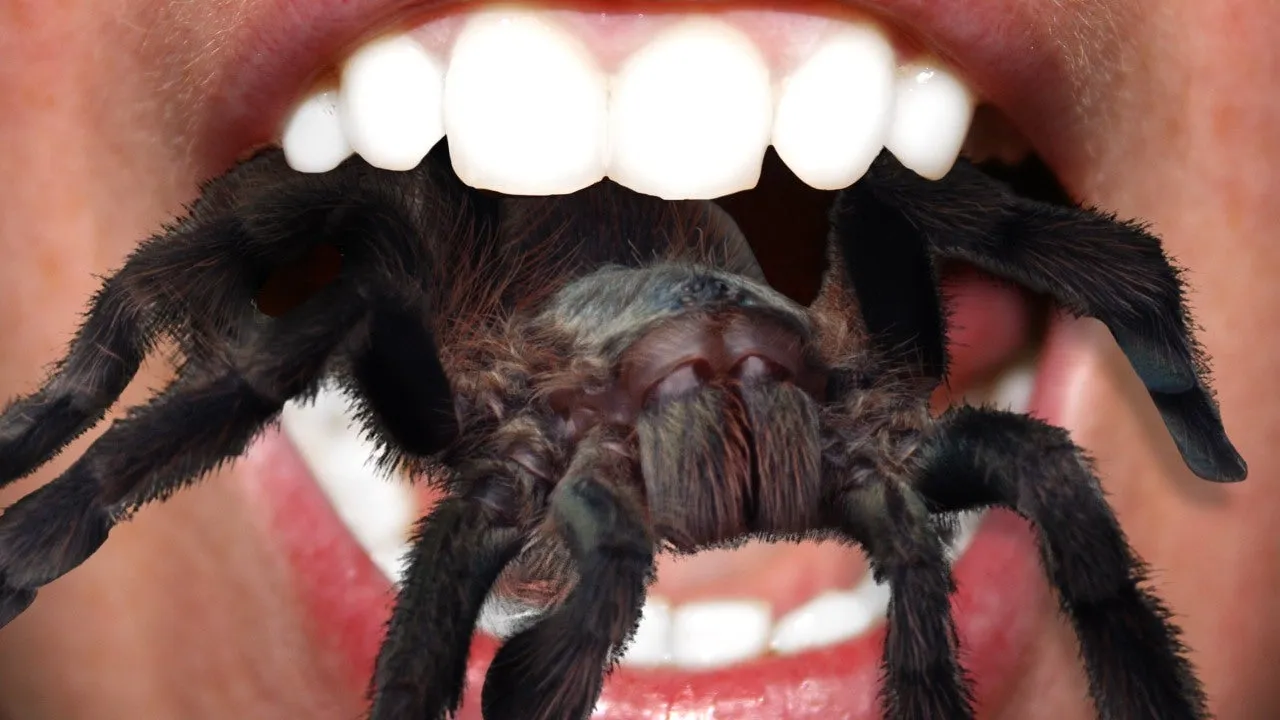
When offered small prey, such as pinhead crickets or small mealworms, tarantulas often consume their meal in a matter of minutes, sometimes finishing within 15-30 minutes. This is because the prey is easily managed and broken down. Young tarantulas, or spiderlings, are typically fed small prey items due to their size and the ease of consumption. This allows them to get the necessary nutrients for growth without overexerting themselves.
Medium Prey
Medium-sized prey, like adult crickets or larger mealworms, may take slightly longer, typically ranging from 30 minutes to an hour. Tarantulas may take their time, securing the prey and systematically consuming it. Some tarantulas will carry their meal away to a secluded location before starting to eat, which could also extend the duration. The tarantula’s size relative to the prey also influences how long it takes to consume the food.
Large Prey
Large prey items, such as adult cockroaches, mice (for larger species), or even small lizards, can take a tarantula several hours, or even a whole day, to consume. The tarantula must first subdue the prey, inject venom, and begin the digestion process. This can be a slow and deliberate process, especially with prey that may attempt to escape. Tarantulas may take breaks during feeding, returning to their meal over time until it is completely consumed. It is also important to offer appropriately sized prey to avoid stressing the spider.
Tarantula’s Species and Eating Habits
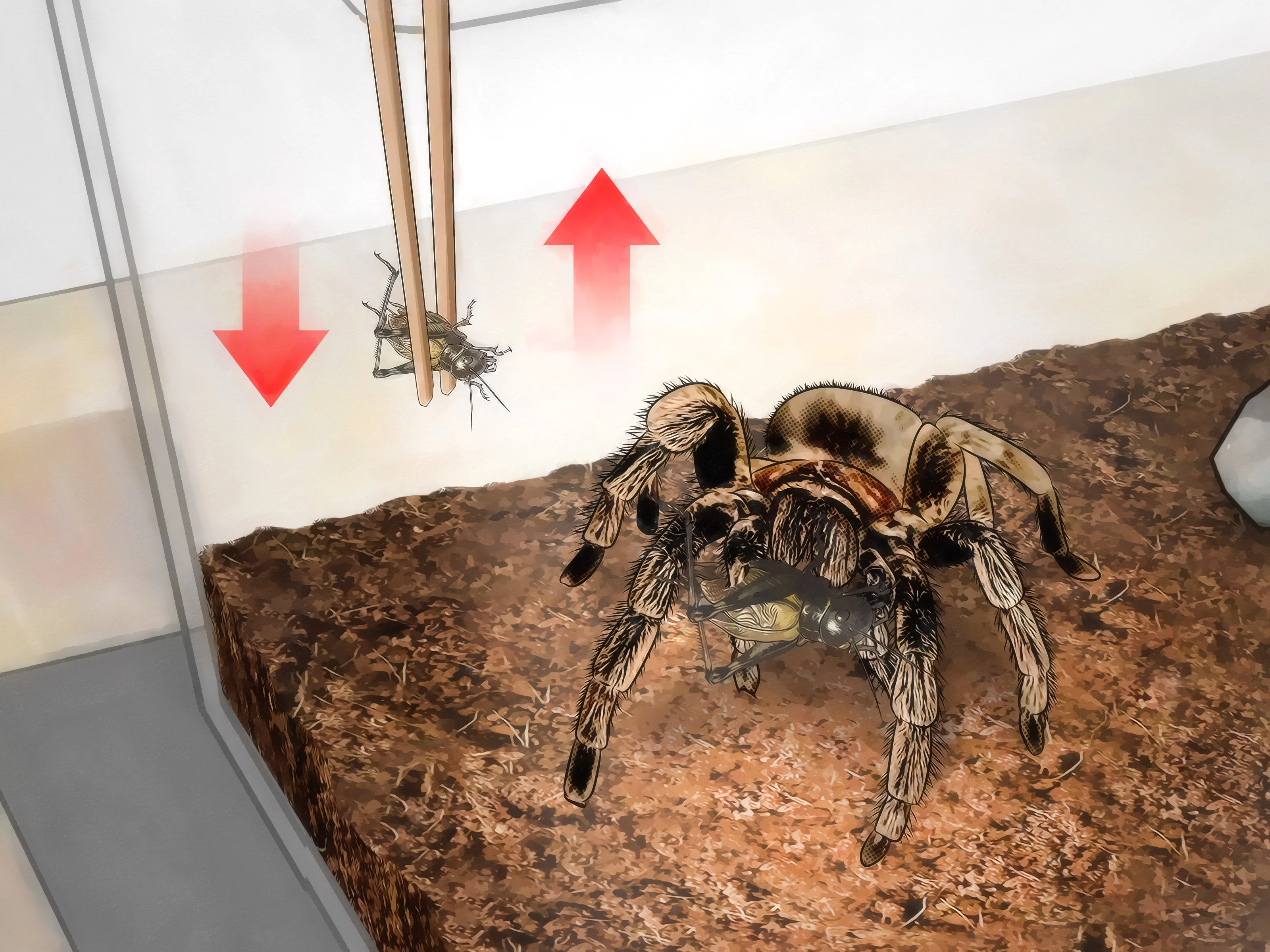
Different tarantula species exhibit variations in their eating habits. Some species are known to be fast eaters, quickly consuming their prey, while others are more deliberate, taking their time. These differences are often influenced by the tarantula’s natural environment and the type of prey it typically encounters in the wild. Observe the specific habits of your tarantula species to better understand its feeding patterns and provide appropriate care.
Fast Eaters
Certain tarantula species, such as the G. pulchra (Brazilian Black Tarantula) or the A. chalcodes (Arizona Blonde Tarantula), are often known for their relatively quick eating habits. They may consume a cricket or similar-sized prey within 30 minutes to an hour. Their feeding behavior can be quite fascinating to watch, as they quickly subdue and consume their meals.
Slow Eaters
Some species, like some of the larger, more deliberate tarantulas (e.g., Theraphosinae species), are known to take their time. They might take several hours to fully consume a meal, particularly if it is a large one. They may take breaks, return to their meal, and slowly consume it over time. This behavior is a natural part of their feeding process and not a cause for concern.
Tarantula’s Age and Metabolism
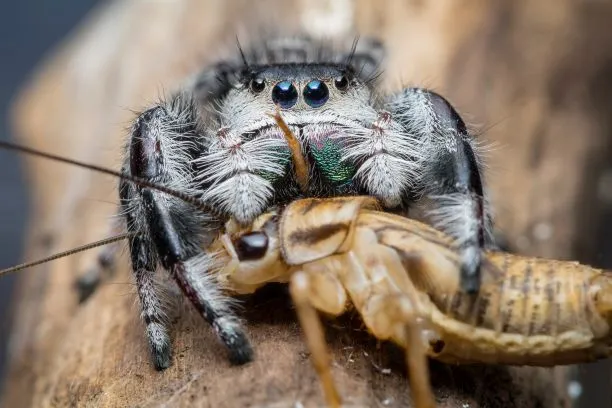
A tarantula’s age and metabolism are other factors influencing the duration of its meals. Young tarantulas, or spiderlings, generally have a faster metabolism, requiring more frequent feedings. Adult tarantulas, on the other hand, may have a slower metabolism and eat less frequently.
Young Tarantulas
Young tarantulas are in a rapid growth phase and have a higher metabolism, leading to more frequent feeding. They may consume small prey items several times a week. The time it takes them to eat is generally shorter compared to adults, as they are usually provided with appropriately sized, easy-to-manage prey.
Adult Tarantulas
Adult tarantulas typically eat less frequently, often once a week or less, depending on the species and their individual needs. Their metabolism slows down as they reach maturity. The time it takes an adult tarantula to eat can vary widely based on the factors mentioned above, but they are usually more patient and less rushed during feeding.
Environmental Factors Affecting Consumption
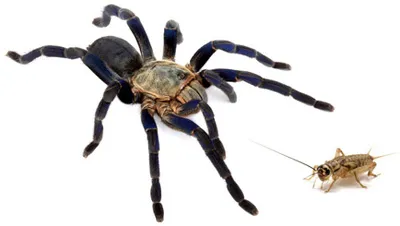
Environmental conditions play a role in influencing how long a tarantula takes to eat. Factors such as temperature and humidity can affect the tarantula’s metabolism and activity levels, influencing its feeding behavior. It’s important to maintain the correct environmental parameters to promote healthy eating habits.
Temperature and Humidity
Tarantulas thrive in specific temperature and humidity ranges. Maintaining the proper temperature is crucial for their metabolism. If the enclosure is too cold, the tarantula’s metabolism slows down, leading to a decreased appetite and slower eating. Conversely, if the environment is too warm, the tarantula may become stressed. Humidity is also important, especially for certain species. Proper humidity levels aid in the molting process and overall health. The right environment promotes normal eating behavior.
Tarantula’s Hunger Level
A tarantula’s hunger level is another key factor. Tarantulas don’t eat every day. Their feeding habits depend on their size, metabolism, and how recently they have eaten. Understanding when a tarantula is hungry is crucial for ensuring it receives adequate nutrition without overfeeding.
Signs of a Hungry Tarantula
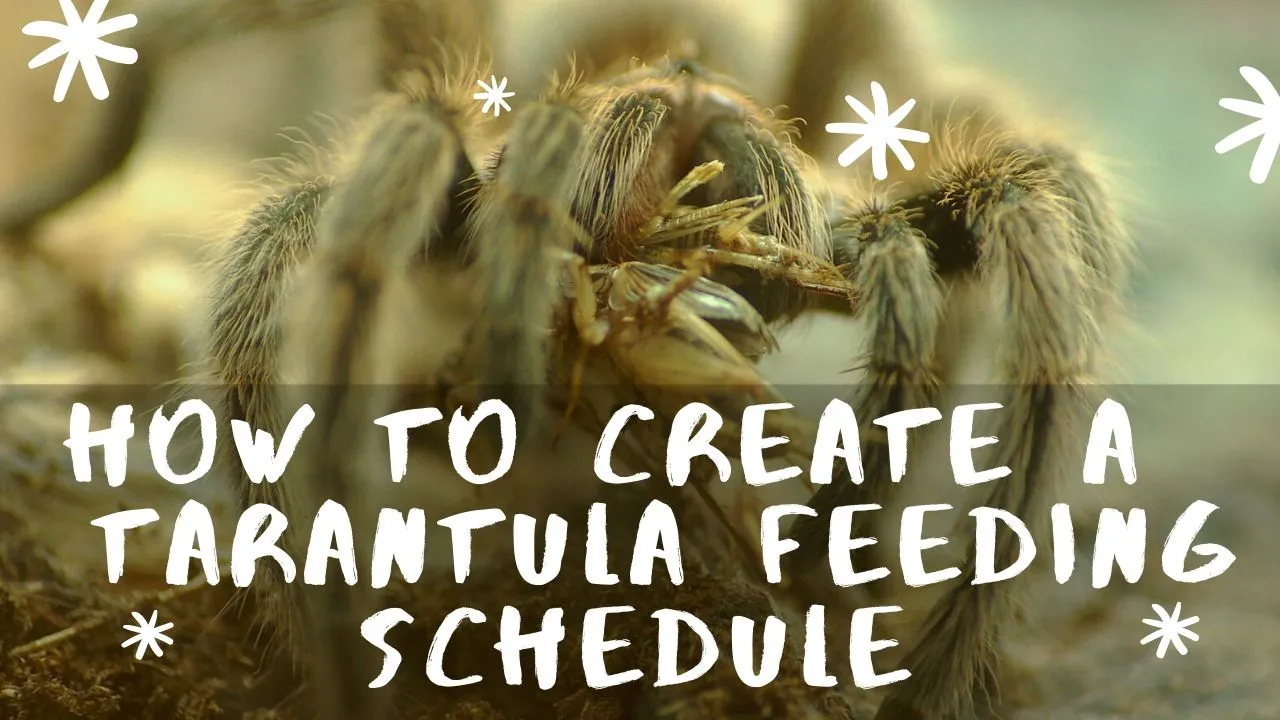
Several signs can indicate that your tarantula is hungry. A hungry tarantula may actively hunt for prey, or it might sit in a position that suggests it is waiting for food. A tarantula with a prominent, dark abdomen (indicating a recent meal) may be less interested in food. Observe your tarantula’s behavior, and adjust the feeding schedule accordingly to ensure its nutritional needs are met. A healthy tarantula will usually be eager to eat when it is hungry, and the speed at which it eats will depend on the factors already discussed.
Factors Impacting How Long Does it Take a Tarantula to Eat
In conclusion, the time it takes for a tarantula to eat depends on several interacting factors. These include prey size, the tarantula’s species, age, environmental conditions, and its hunger level. By understanding these factors, tarantula owners can provide optimal care and ensure their pet is healthy and well-fed. Observing your tarantula’s feeding behavior is a rewarding aspect of tarantula ownership, offering insights into these fascinating creatures’ lives.
